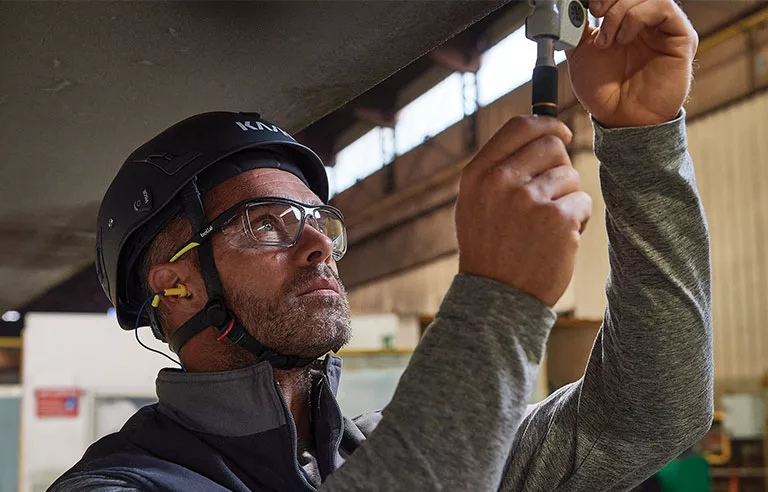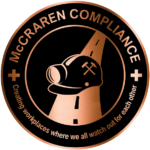What are the key regulatory, ergonomic and economic considerations when implementing prescription safety eyewear programs in the workplace?

Photo: Bollé Safety
Responding is Nick Collins, trade marketing manager – NAM and LATAM, Bollé Safety, Carlsbad, CA.
Fact 1: According to OSHA, workplace eye injuries cost an estimated $300 million annually in workers’ compensation, medical treatment and lost productivity.
Fact 2: The National Safety Council estimates that a single eye injury costs employers, on average, $26,568 in lost wages and medical costs.
Fact 3: The World Health Organization says that more than 30% of the population requires corrective lenses. That means 1 out of 3 of your employees require corrective lenses while working.
Anytime an organization considers adopting a new safety program, it must balance several priorities. From OSHA compliance and corporate financial objectives to employee engagement and cultural alignment, each factor plays a vital role in the program’s success. A prescription safety eyewear program supports all these goals, building a more effective, productive and cost-effective safety culture.
But how?
1. The safety management team must understand OSHA’s requirements.
OSHA 29 CFR 1910.133(a)(1) requires employers to ensure employees use “appropriate eye or face protection when exposed to eye or face hazards,” including flying particles, liquids and other hazards, while (a)(2) mandates that eyewear “provides side protection” from those same hazards. ANSI Z87.1-2020 establishes the certification requirements that all safety glasses must meet, including corrective lenses used in the workplace.
2. Employers must develop best practice policies.
A study conducted by the Alabama Optometric Association shows that 30% of workers don’t wear eye protection because of improper vision correction. To address this, best practices should include an employee baseline vision assessment by licensed opticians, accurate pupillary distance measurement and fit verification to avoid optical distortion. Additionally, all prescription safety eyewear must adhere to ANSI Z87-2+ high-impact ratings. When workers can see properly, studies have shown productivity gains of 5% or more.
3. Prioritize proper fit, comfort and retention of users’ safety eyewear.
At minimum, safety eyewear should properly fit and be comfortable enough to wear for the job’s duration. For workers who require prescription eyewear, options may include over-the-glass eyewear (glasses that fit over prescription glasses). However, prescription safety eyewear is best. Prescription safety eyewear not only helps ensure individual compliance, it also reduces eye fatigue, headaches and eyestrain; improves focus; reduces turnover or lost time; and promotes use.
4. Consider economic ramifications.
Typical prescription safety eyewear programs range from less than $200 to more than $750, depending on supplier and eyewear options. Employers may provide partial or full employee reimbursement for ANSI-rated prescription eyewear, while employees who select upgrades beyond employer-provided budgets can opt to pay the difference out of pocket.
5. Include employees in the personal protective equipment selection process.
Involving employees in eyewear selection and educating them on proper use improves both program adoption and satisfaction. This cultural engagement is an effective part of building a stronger overall safety culture.
Above all, the most important factor is that the program contributes to a safer workplace. Ensuring an organization’s greatest asset (its employees) can work efficiently and get home safely each night is paramount.
McCraren Compliance offers many opportunities in safety training to help circumvent accidents. Please take a moment to visit our calendar of classes to see what we can do to help your safety measures from training to consulting.
Original article published by Safety+Health an NSC publication


